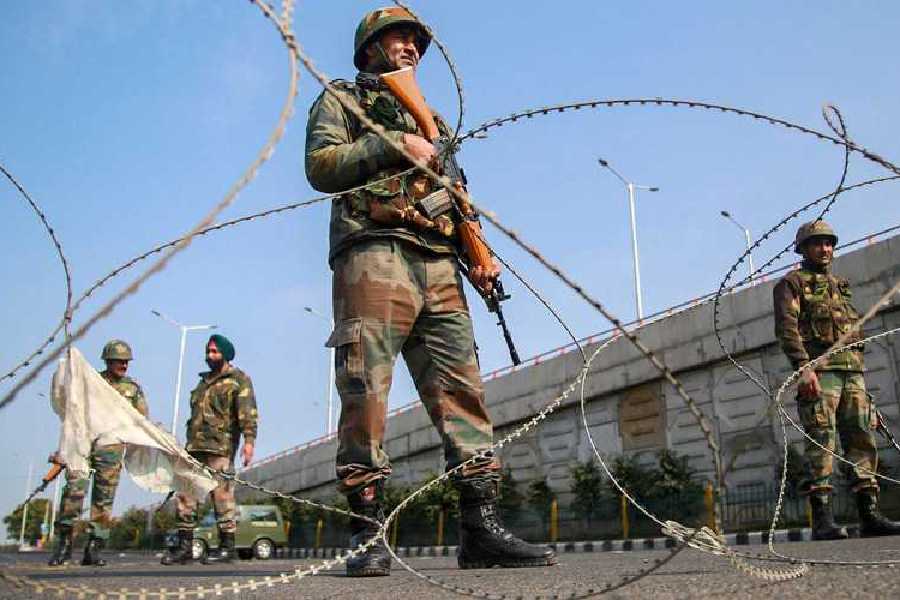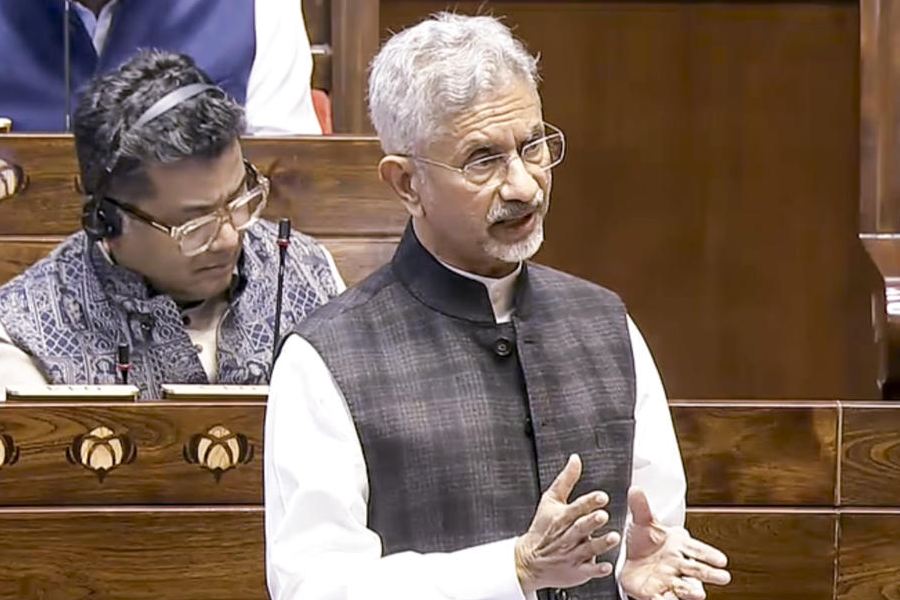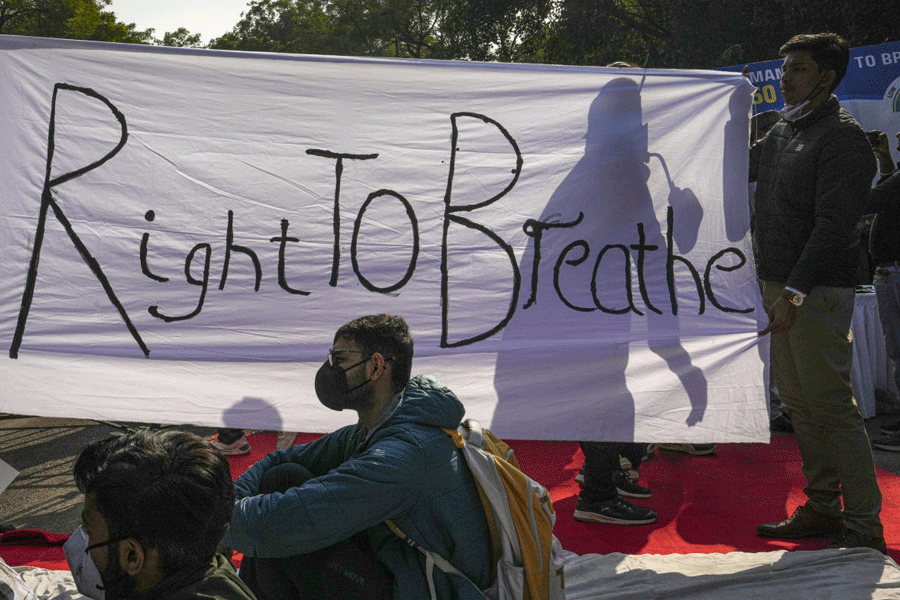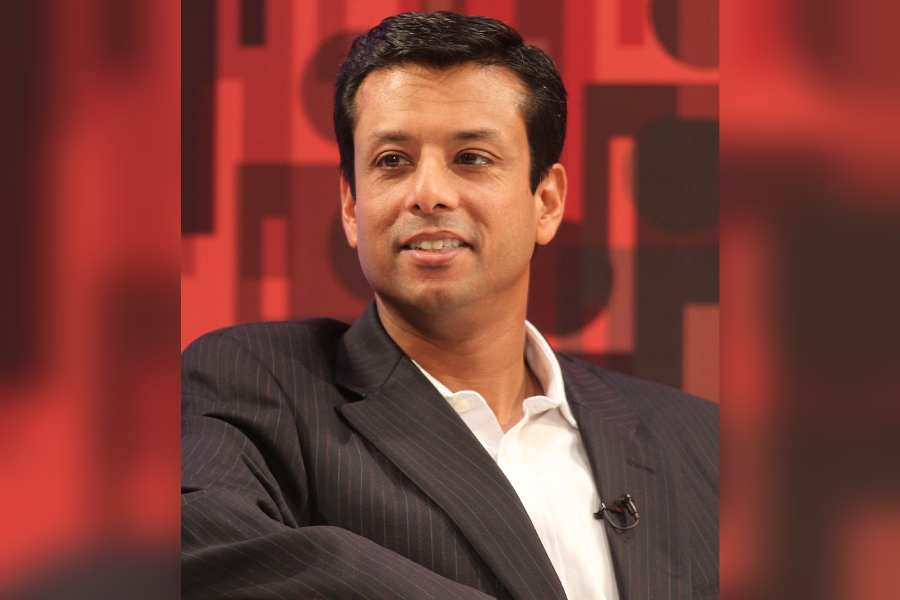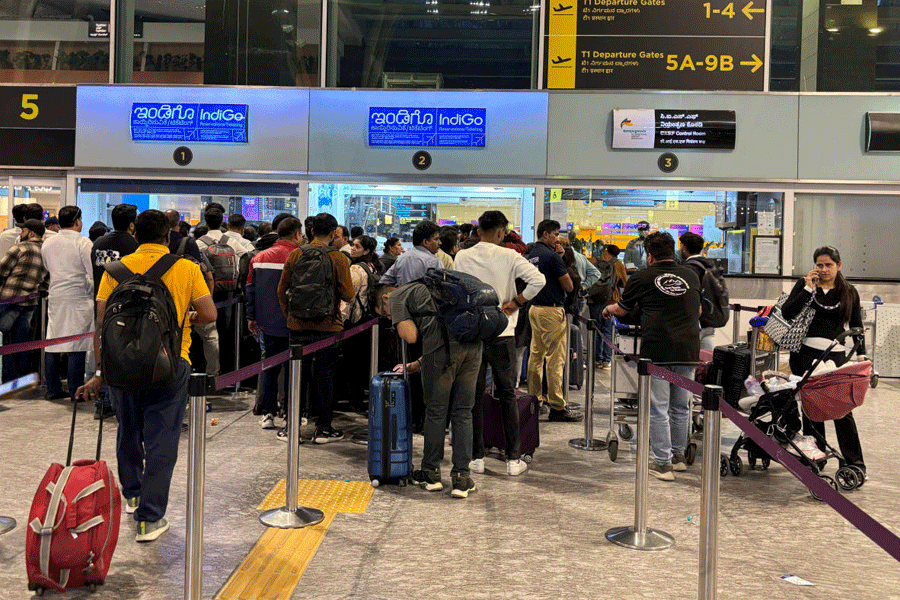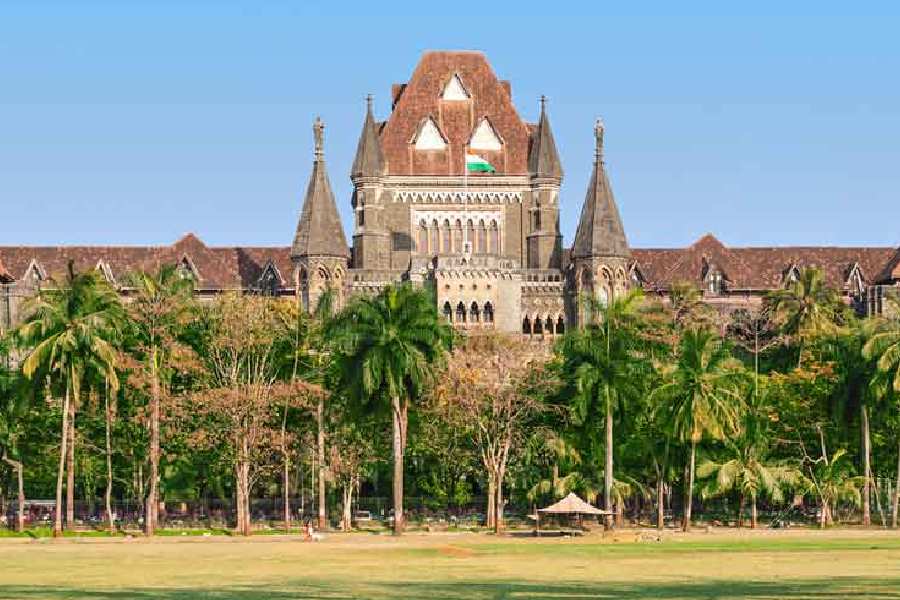The anxiety in many northeastern states regarding the Centre’s move to fence the India-Myanmar border and do away with the free movement regime for local populations is understandable. However, there is perhaps no other way than for these communities to come to terms with the new reality of the modern, Westphalian state. Even after the FMR is scrapped and the fencing is completed, these borders will, hopefully, remain permeable and a system for easy movements of transborder communities retained in a way that is accountable.
The reasons for the fencing policy are many. Foremost among these is the agonising civil strife in neighbouring Myanmar and China’s growing influence in that country. India, expectedly, is uneasy, especially about the latter development.
The Westphalian model agreed upon in Europe was a means to get over an endemic conflict dynamic. As the political scientist, Mohammad Ayoob, points out in his book on State-making and regional conflict, Europe signed the Westphalian treaties in 1648 after four centuries of bitter conflicts over overlaps in deemed sovereignties based on ethnicities and faith. At its crux, the agreement decided that national boundaries will be the sole determinant of sovereignty. Hence, any person, if a legitimate domicile within a national boundary, will be entitled to citizenship of that State and to all sovereign rights guaranteed by the State regardless of faith or ethnicity. This is the State model that the postcolonial world inherited.
The State is also an institution run on taxes collected from its citizens. These taxes fund the services provided to citizens. Open, unregulated borders would blur this relationship and the idea of citizenship itself: who should the State tax and who can justifiably receive the services and the benefits run on the tax money?
As client states dependent on sizeable Central government grants, most northeastern states tend to undermine or obfuscate the relationship between tax and citizens. This often becomes the cause for dangerous frictions among different sections of the people: Manipur is a case in point.
As Lord Curzon pointed out in his 1907 Romanes Lecture titled “Frontiers”, the idea of precisely demarcated, delineated, and zealously guarded national boundaries was once unknown outside of Europe. Boundaries in the precolonial world were more frontiers, their extents waxing and waning depending on fluxes in the powers of rulers of different feudal principalities. Curzon implies that almost all modern boundaries in postcolonial nations came into being after the intervention of European colonisers. Most of these are artificially conceived. Many of these boundaries have thus remained as burdensome legacies for former colonies. The case of the McMahon Line between India and China in the Northeast sector is one example.
The jurist, A.G. Noorani, says as much with reference to another sector of this same border in his book, India-China Boundary Problem: 1846-1947. When Kashmir came into British hands by default from the Sikhs who controlled the kingdom after the British victory in the First Sikh War in 1846, the British had a boundary problem: this problem was, Noorani writes, that Kashmir had no boundaries! Expectedly, the British immediately began boundary-making exercises, sending out survey expeditions, even constituting two boundary commissions. But in the end, they left behind three different alignments corresponding to their varying strategic concerns at the time. India, again, continues to bear the brunt of this inherited uncertainty.
Given the proneness of irredentist nationalism often invoked by populist politics, especially in border areas, and the consequent conflicts that tend to result between mobile and sedentary populations, even without the intervention of European colonialism, all states would have probably gravitated towards the Westphalian model. We do not need to invent the wheel again. Instead, we should learn from Europe’s experience of centuries of conflict and accept the idea of the modern State that resolved that conflict.
Pradip Phanjoubam is editor, Imphal Review of Arts and Politics

